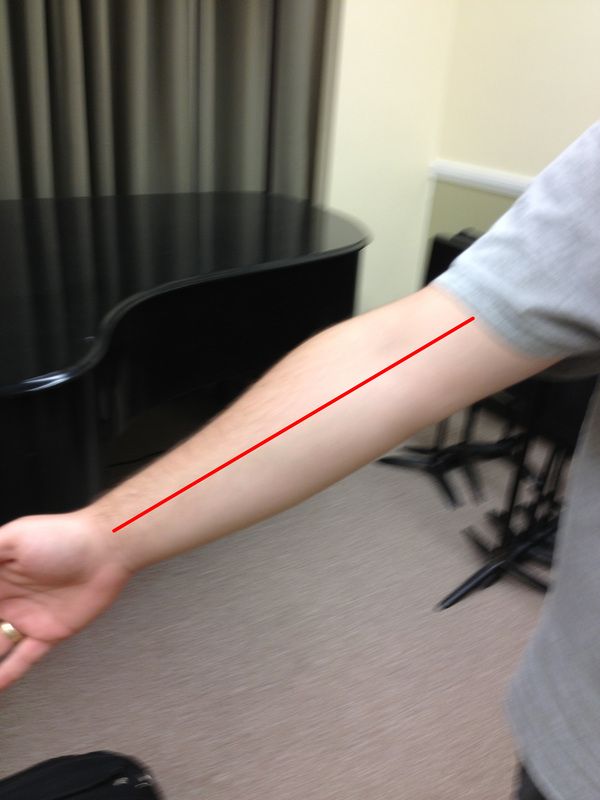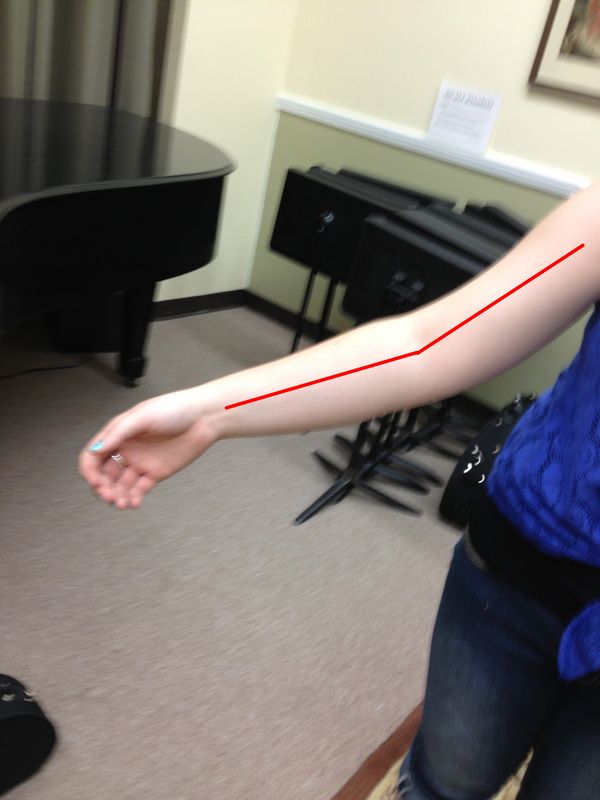anerlich
Brown Belt
Which is a damn Good point seeing as wing chun was created by a shaolin nun. And if i recall correctly shaolin are are also Buddhist who belive to understand violence one must study violence. To forget that i think is to miss an integral part of understanding wing chunand its applications.
While the role, even existence of Ng Mui, and the role of the Shaolin Temple in WC's development are IMO contestable, I think there's little doubt that Yip/Ip Man's focus was on effective fighting. There's no evidence he had any interest in spiritual development. Nor that he was a particularly good role model in any other areas of life. He certainly was demonstrably terrible at succession planning.
None of us know what he was thinking about while doing the forms. None of us know whether the one hour SLT actually happened or is apocryphal. There's no shortage of fiction, exaggeration and self-serving in other TCMA stories.

 . Evil and old, quite possibly.
. Evil and old, quite possibly.

